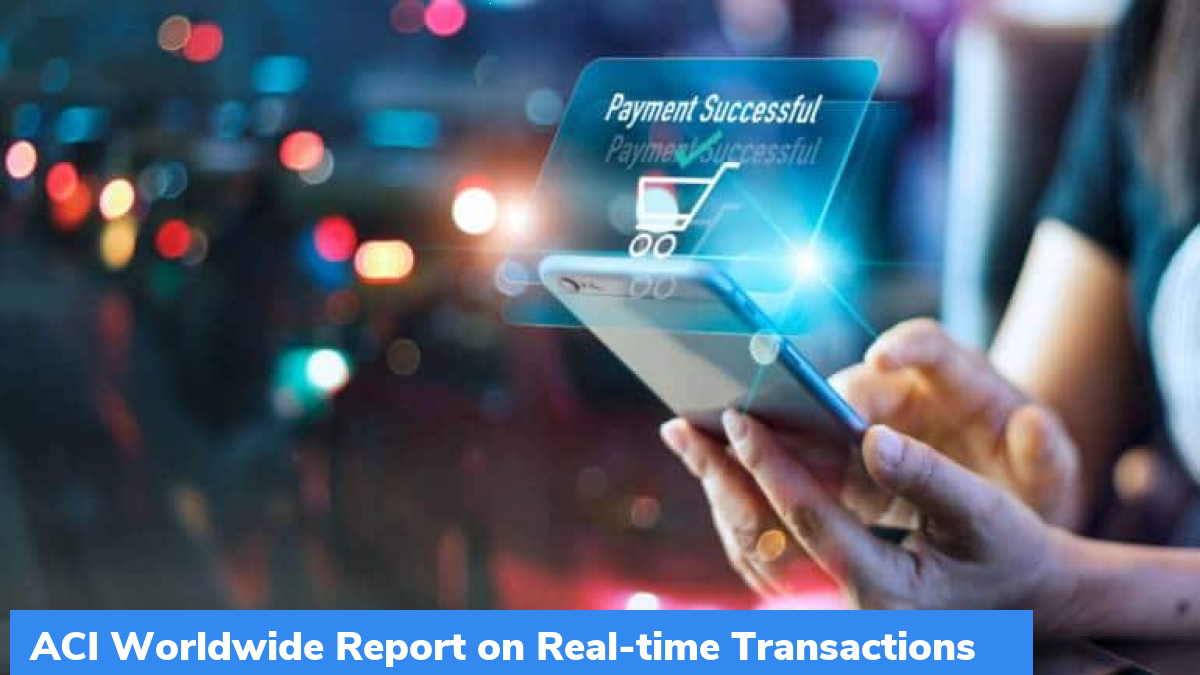ACI Worldwide Report on Real-time Transactions
As per the ACI Worldwide Report on Real-time transactions, in the year 2021, India’s real-time transactions increased to 48.6 billion. This is almost threefold of China which is the closest challenger having 18 billion transactions.
Overview:
- India’s transaction volume is seven times greater than the combined volumes of the U.S., U.K., Canada, Germany, and France which stand at 7.5 billion.
- This widespread adoption of real-time payments in 2021 has resulted in cost savings that are estimated at USD $12.6 billion for Indian consumers and businesses.
- This has helped in unlocking USD 16.4 billion of economic output which represents 0.56 per cent of India’s GDP.
Publisher of the study
The study has been published by ACI Worldwide, a Miami based payments system company, in association with the Centre for Economics and Business Research (Cebr), and GlobalData, a data and analytics firm.
Reasons for the increase in real-time transactions
The growth of QR code payments and UPI-based mobile payment apps among merchants, along with the increase in digital payments usage during the COVID-19 pandemic has helped real-time payments secure 31.3 per cent of the country’s total payments transaction volume in 2021. Consumers are shifting to digital real-time payment methods from cash means that the real-time payments’ share of the total payments volume will be crossing 70 per cent in 2026. The net savings of consumers and businesses have been forecasted to rise to USD 92.4 billion in the year 2026 and this will help in generating an additional economic output of USD 45.9 billion which is equivalent to 1.12 per cent of India’s forecasted GDP.
Global real-time payment transactions
The real-time payment transactions across the globe crossed 118.3 billion in the year 2021, a year-on-year growth of 64.5 per cent. This has been forecasted to rise to 427.7 billion in 2026. Brazil, Thailand, and South Korea are behind India and China in matters of real-time transactions volumes of 8.7 billion, 9.7 billion, and 7.4 billion, respectively. This report has also tracked real-time payments volumes across 53 countries and has covered all G20 nations excluding Russia. Research has found that across the world more than half (52.71 per cent) of consumers use and own a mobile wallet.
Improvement of liquidity
The study reported that real-time payments have improved liquidity in the financial system and thus have functioned as a catalyst for growth in the economy. Real-time payments also improve the overall market efficiency of the economy. Across the globe, in 2021, real-time transactions have offered net savings amounting to USD 46.6 billion for businesses and consumers in 30 countries and the savings have been forecasted to increase to USD 184 billion by 2026.
Month: Current Affairs - April, 2022
Category: Reports & Indexes Current Affairs


